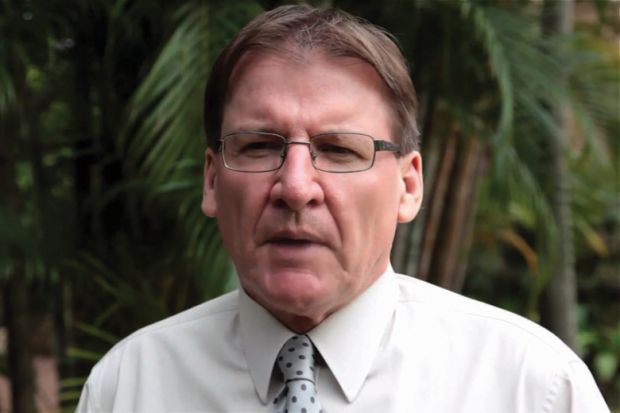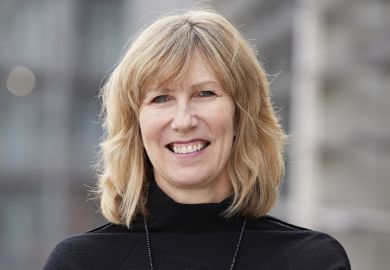Tracking the movement of students around campus using mobile phone data can help universities to improve teaching and learning facilities, a leading vice-chancellor has said.
Speaking ahead of the Times Higher Education Young Universities Summit, which takes place in Barcelona from 5 to 7 April, Peter Coaldrake, vice-chancellor and president of the Queensland University of Technology, said that more universities should seek to find out more about where students are based and where they are learning.
Professor Coaldrake, a former chair of Universities Australia, who is one of the keynote speakers at this week’s conference at Barcelona’s Pompeu Fabra University, said that his institution had tracked the mobile phones of its 50,000 students to identify where they spent most of their time.
This exercise, which collected data for one particular day, had produced some surprising results about the study habits of students, Professor Coaldrake told THE.
“We have two beautiful city centre campuses and students chose to be on campus, but they were not behaving in the traditional way we expected,” he said.
Some students were visiting the campus as early as 6am, while others did not arrive until noon, although they then tended to stay later into the evening, said Professor Coaldrake.
The analysis also showed which social spaces were inhabited most by students, which libraries they attended and how they accessed their learning materials, he explained.
“It helped us to better understand how students were actually learning and engaging with teaching materials, rather than simply assuming we knew how they should do it,” he said.
“It helps us understand the sorts of buildings, facilities and services we should be investing in and how we might organise student services.”
Other universities should consider using similar GPS-related monitoring of student phones to assess how students use the estates of multi-campus universities, Professor Coaldrake added.
“If you supplement it with your student survey material, you have some pretty good information,” he said.
However, the information was studied on a collective basis only and was not meant as a means to monitor the attendance or behaviour of individuals, he added.
New universities should seek other types of innovative practice to improve teaching and learning in order to compete with more historic institutions, said Professor Coaldrake, whose university was founded in 1989.
“Respect the traditions and age by all means, but don’t think for one minute that you’ll get to the top of the heap by mimicking older universities,” he said.
POSTSCRIPT:
Print headline: Making tracks: mobile data show where students are and what they’re doing
Register to continue
Why register?
- Registration is free and only takes a moment
- Once registered, you can read 3 articles a month
- Sign up for our newsletter
Subscribe
Or subscribe for unlimited access to:
- Unlimited access to news, views, insights & reviews
- Digital editions
- Digital access to THE’s university and college rankings analysis
Already registered or a current subscriber?









